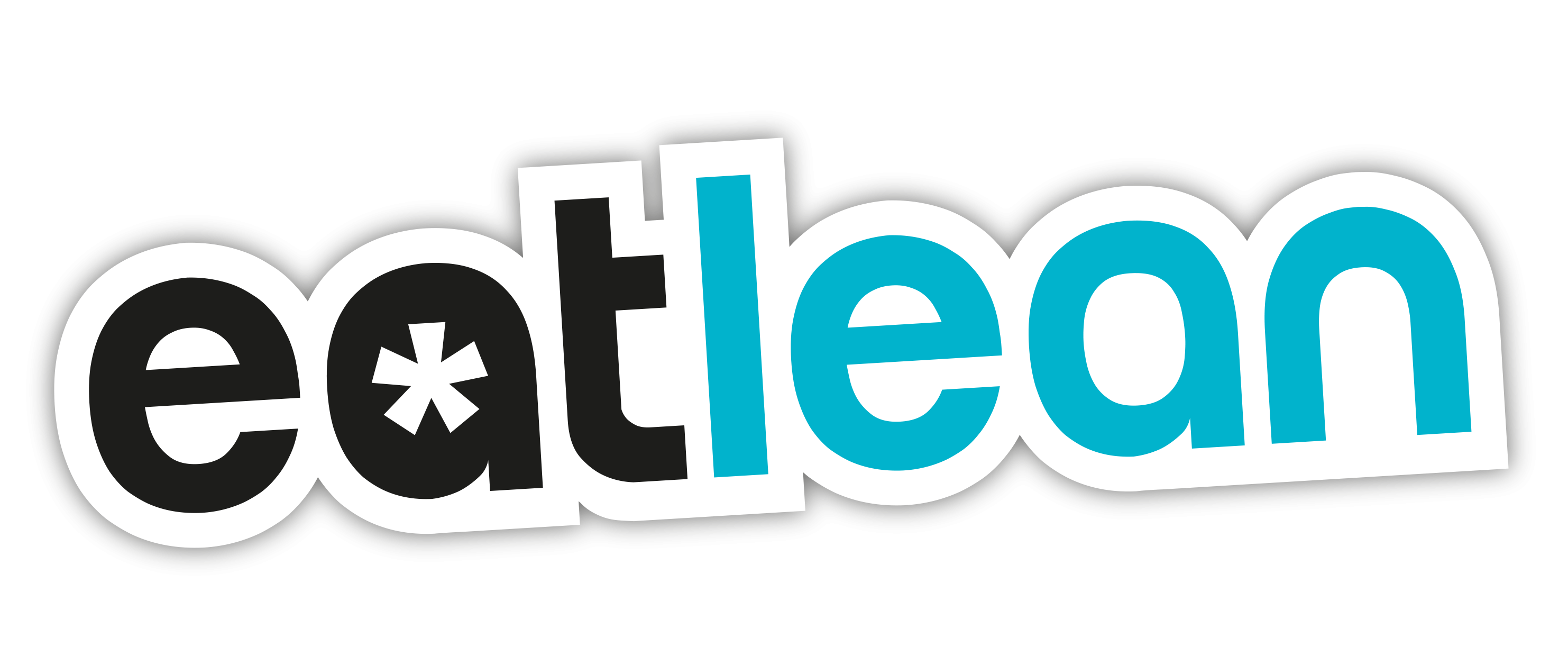Protein, the what, why and when to eat it

When it comes to food and nutrition, much has been written about fats and carbohydrates and depending on which echo chamber you mostly dwell in, you will believe one of those to be bad for you, if not both. But that’s the trouble with the way nutrition is often reported in the mainstream. They take something in isolation and don’t apply that information in a context that is suitable or practical for a normal everyday human. I mean, ANYTHING can be bad for you at the wrong time or in the wrong quantities, even vitamin C!
But one food group… well, I say food group but actually I’m talking about a macro-nutrient. Let’s not lose sight of the fact that we don’t eat nutrients, we eat foods. So, don’t get confused into thinking that carbohydrates, for example, are a food group, they’re not. They’re a macro-nutrient that is available in different quantities in a variety of foods.
But I’m not talking about carbs today, or fats. No, I’m talking about protein. Protein is the most important macro-nutrient in the body, it’s responsible for the growth and repair of cells and so much more. It also happens to be the most satiating macro-nutrient of them all, meaning that it’s very difficult to over eat on protein and when you eat a meaningful serving of it with each meal you will feel less hunger and eat less food and, consequently, Calories throughout the day.
Let’s back track a little at this point. First off, you need to understand that weight management is all about energy balance. That’s ‘Calories in, Calories out’, which is a 24-hour mechanism. This means you measure it over the entire day but can actually measure the overall balance over the week or month, like a bank account. I could write an entire blog just about that so let me just point you to this Calorie Calculator to estimate what your daily Calorie needs are based on what your goals and activity levels are (https://awesomesupplements.co.uk/calorie-calculator/).
Macro-nutrients are the large nutrients that are found in the foods you eat. Not to be confused with micro-nutrients which are the smaller (hence micro) nutrients like vitamins and minerals. Macro-nutrients provide energy, we measure that energy in Calories. Carbs and protein have 4 kcals per 1 gram while fatty acids have 9 kcals per 1 gram.
Back to protein. You often see protein requirements listed as a percentage of Calories, and that’s not a bad starting point if your Calorie intake is consistent. But it’s not especially accurate and the actual amount of protein will vary depending on how many Calories you have consumed that day, which doesn’t make a lot of sense. Therefore, if you want to get really geeky you should work out what your protein needs are based on grams of protein per kilogram of body weight.
In 2017 the ISSN released a positional stand on diets for body composition. This looked at all the available data and attempted to come up with an evidence-based guide for dieting safely, effectively and sustainably. In it they suggest that for the average active person (in the research active means someone who partakes in regular or semi-regular exercise) should consume between 1.4 to 2g/kg of protein per day to maintain lean body mass while in a Calorie deficit. This is important because you don’t want your muscles and bones to waste away while dieting as has been observed in chronic dieters (1). But they also suggest that strength and power athletes like bodybuilders could go as high as 2.3 to 3.1g/kg of protein per day, that’s a pretty hefty chunk of protein, but bear in mind these people will have much higher Calorie needs than your average recreationally active man or woman on the street.
More recently Eric Helms and co came up with a minimum requirement for athletes wanting to build muscle and suggest 1.6 to 2.2g/kg. It isn’t necessary to go so high on protein if you are not in a Calorie deficit to lose fat (2).
Protein, as it happens, is also really important for ageing populations to avoid the onset of muscle and bone wasting conditions like Sarcopenia and Osteoporosis. But research has also shown that a minimum range of 1.2 to 1.6g/kg is optimal to avoid these conditions (3). You see, as you age your body develops a level of ‘anabolic resistance’. Which means you are less sensitive to the effects of protein.
As you can see all of these recommendations are much higher than the standard government recommendation of 0.8g/kg or 55g per day. What’s more, is that the protein you eat ideally needs to be high in an amino acid called leucine because this helps to trigger certain anabolic (growth) mechanisms in the body. All sounds complicated doesn’t it?
Well, it’s not really. Here’s the thing. Animal proteins, especially whey protein have a complete amino acid profile and are high in leucine. Guess what else is high in both protein and leucine? Protein cheese!
Let me just break this down and make it easier to understand. Work out your Calories based on your goals and activity. Set your protein at somewhere between 1.6 to 2g per kilo of body weight. For example, a 70kg person might aim for (2 x 70) 140g. Split that over three to four feedings per day and you’re good to go.
Eatlean protein cheese contains around 36g of high-quality protein per 100g at only 176 calories or so, that’s not far off what you would find in a medium chicken breast or a scoop of protein powder. So, Eatlean’s protein cheese is a good source of protein for vegetarians and is a great addition to a healthy diet, whether your goals are fat loss, muscle gain or general health. I like mine grated on salads or in sandwiches. How do you have yours?
REFERENCES:
- Aragon, A.A., Schoenfeld, B.J., Wildman, R. et al. International society of sports nutrition position stand: diets and body composition. J Int Soc Sports Nutr 14, 16 (2017). https://doi.org/10.1186/s12970-017-0174-y
- Iraki, et al. Nutrition Recommendations for Bodybuilders in the Off-Season: A Narrative Review.Sports (Basel). 2019 Jun 26;7(7). pii: E154. doi: 10.3390/sports7070154.
- Phillips et al. “Protein “requirements” beyond the RDA: implications for optimizing ..” APNM -PUBS 2016. <https://www.ncbi.nlm.nih.gov/pubmed/26960445>.






